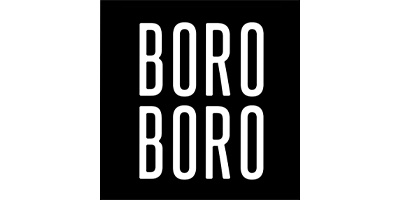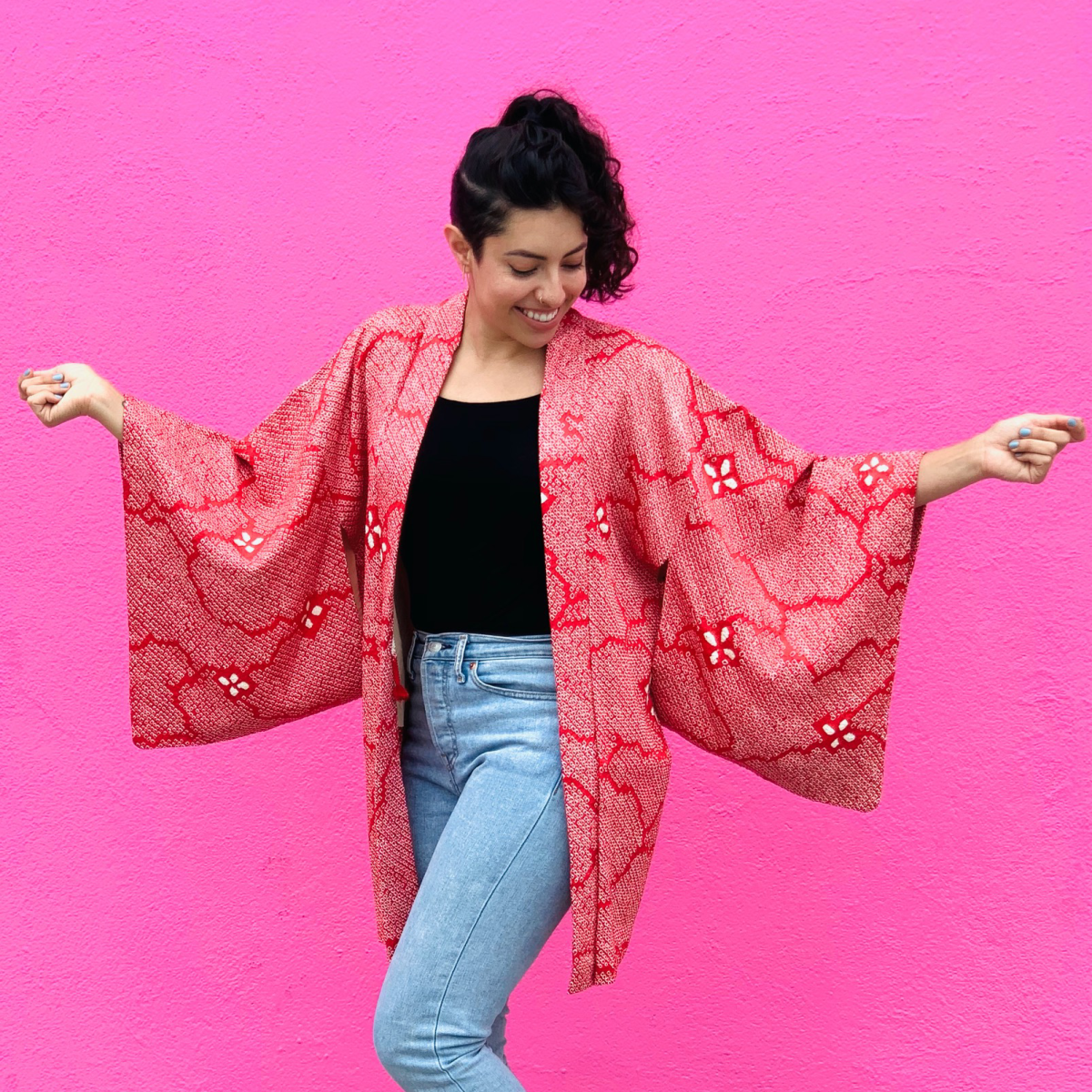
Vintage Haori jackets - Shibori
Haori

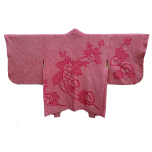
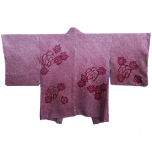
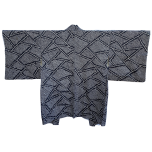

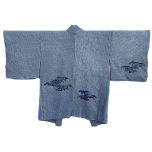
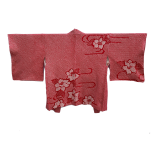
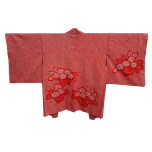
Information
Shibori refers to a variety of very labor-intensive resist dye techniques in which fabric is tied, stitched, clamped, wrapped, or folded prior to being dyed in order to create different patterns. Silk or cotton fabric are most commonly used in this technique, and it is highly associated with indigo, although it can be done with any type or color of dye. When completed, these textiles are often left un-ironed, leaving a crinkly or puckered texture that is highly prized as a testament to the amount of labor required to create it.
Some common types of shibori are:
- “Kanoko shibori” – fabric is pinched and tied with thread to create small “o” shapes when it is complete. Where the fabric is wrapped it remains white, and where it is left unwrapped is dyed.
- “Arashi shibori” – fabric is wrapped around a pole and then thread is wrapped tightly around both the fabric and pole, creating a resist where the thread covers the fabric and dyeing the exposed parts of the fabric.
- “Nui shibori” – fabric is stitched with long stitches that are then pulled together tightly before dyeing, creating complex patterns in the areas that are stitched.
- “Itajime shibori” – wooden clamps in various shapes are sandwiched around the folded fabric to create a resist, leaving the clamped portion undyed.
We have a variety of vintage shibori haori in the shop currently, visit our site at www.shopboroboro.com to learn more and shop our collection!
We'd love to offer a 10% discount to all BTD participants thru August 1st! Please use the code TAIKO at checkout.
